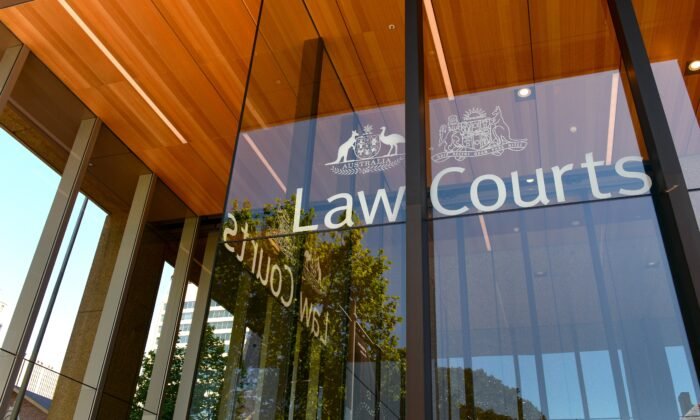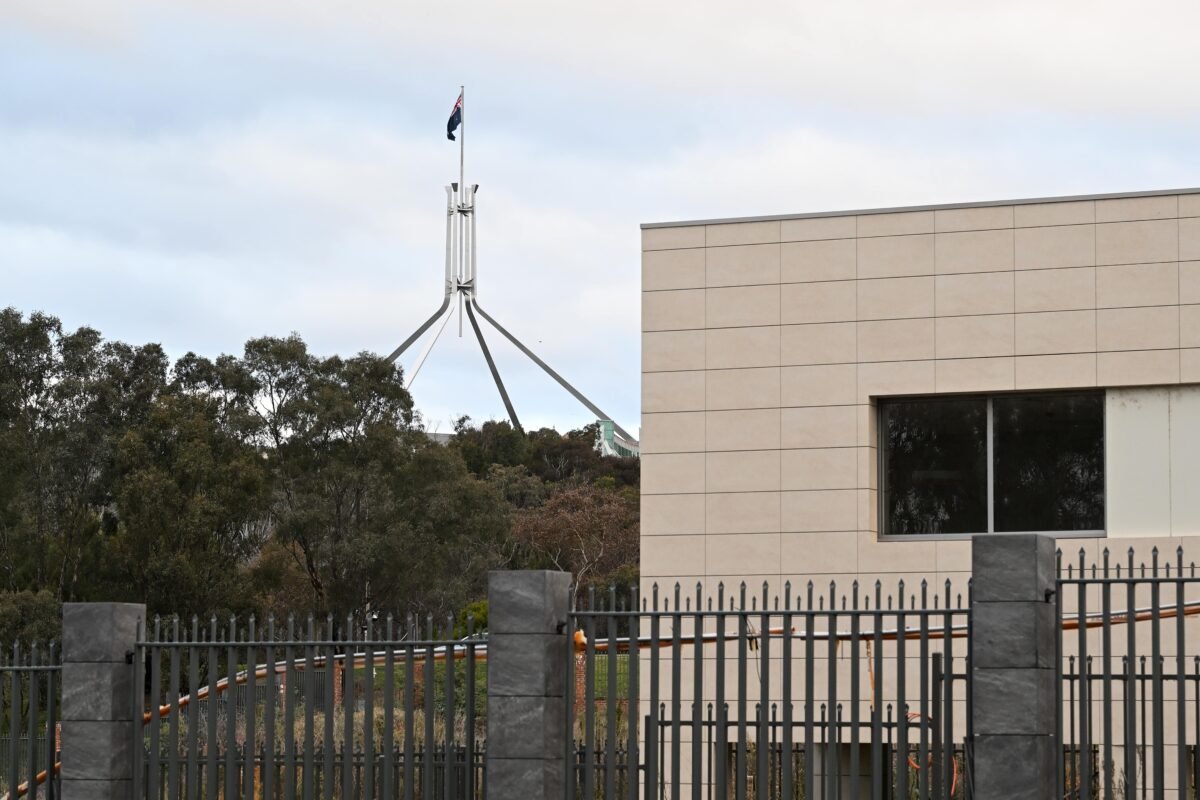Report: Attorneys Receiving a 40 Percent Share of Compensation Claims
Between 2009 and 2020, litigation funding companies and law firms claimed over 40 percent of the money awarded to class action litigants, totaling nearly $1 billion. A recent study by the Menzies Research Centre discovered that the trend of class actions supported by litigation funders on a “no win, no fee” basis has resulted in plaintiffs losing a significant portion of their damages.
During this period, 41 class actions backed by litigation funders in Australia settled for a combined amount of $2.389 billion. Of this sum, lawyers received $341.84 million in fees, while litigation funders collected $642.63 million, leaving plaintiffs almost a billion dollars short.
Litigation funders typically launch class actions swiftly once a representative plaintiff is identified, anticipating a successful outcome and the subsequent contingency fee upon settlement.
Contingency fees are prohibited throughout Australia, except for class actions in the Federal Court and the Victorian Supreme Court, making these jurisdictions attractive to litigation funders. The industry, comprised of approximately 22 funders, 14 of which are foreign-owned, is largely controlled by four companies generating around 70 percent of total revenue.
Australia now ranks second globally in terms of class actions per capita, trailing only the United States. The industry has shown rapid growth, with an estimated revenue of $199.3 million from 2019 to 2024, showcasing a compound annual growth rate of 9.6 percent, significantly outpacing the mining sector’s growth.
The Menzies Centre revealed that the litigation funder Omni Bridgeway and LCM saw substantial returns, with Omni Bridgeway making a 205 percent return from a recent class action and LCM making 230 percent. Moreover, a small number of law firms in Australia bring the majority of class actions, with seven firms responsible for over half of all cases last financial year.
The lack of regulation following recent law changes has reduced transparency in the sector, with litigation funders no longer required to hold an Australian Financial Services Licence or disclose their fees and commissions as previously mandated. There are currently no limitations in Australia on the fees that funders can charge, leading to potential conflicts of interest between lawyers, funders, and class members.
In instances like the “Banksia” class action, where overcharging occurred, resulting in significant compensation bill and costs, the need for revenue has led to an increase in lawsuits against government agencies and corporations. The Menzies Research Centre estimates that an ASX 200 listed company faces a one-in-10 chance of being targeted by a class action, typically with claims ranging from $50 million to $75 million.




